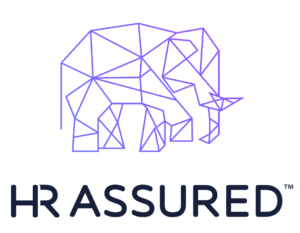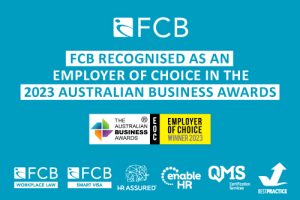The Big Gig
June 29, 2017The emergence of the gig economy is characterized by the advent of platforms which create labour markets to provide users with goods and services. Benjamin Gee, Partner at FCB, is closely watching the spread and penetration of this gig economy in Australia, and how it is influencing the traditional employment model.
Since 1907, Australia has retained a system of establishing minimum wages and work standards in the domestic labour market. Throughout the 20th century, the core nature of a basic wage in Australia has evolved into Awards and Enterprise Agreements, which set out minimum rates and employment conditions almost exclusively based on an employee’s time and without reference to labour productivity, output or the value created by the work. The emergence of the gig economy as a viable source of work, and as a labour supply chain for business calls for a fundamental re-think on how we value and reward labour in Australia.
Currently, over 51% of all employed Australians are covered by an Award or Enterprise Agreement. Much of the work including call centres, manufacturing and IT, can be outsourced to workforces outside Australia to countries with little regard for domestic employment conditions. We cannot avoid or prevent the fact that the Australian labour market is competing in a world market for labour where work inputs can be fluidly distributed and sourced based on a complex web of factors including skills, qualification, customer preference and labour cost. However, location based jobs such as driving or cleaning cannot be performed elsewhere. Therefore, the issue is whether letting the marked set the price of that task or job is fair, and what is the impact on the traditional labour market in Australia.
Consider traditional labour jobs like cleaning or construction. In a gig economy the job vendor uses a platform to invite people to bid for the work and those who bid accept the amount offered by the vendor, who then selects who they want to perform the work and afterwards rates the quality of the work. The whole transaction occurs without any consideration of the Award rates of pay, minimum starts and other conditions that would apply to an employee doing that work. Depending on your viewpoint it subverts minimum work standards for all Australians or it is ushering in an exciting wave of innovation in the engagement of labour.
In the ecosystem for the Australian labour market – the NES, Awards and Enterprise Agreements – the engine of debate is idling. By way of example, the Fair Work Commission is near to completing a four yearly review of modern awards, with no critical examination of whether a wage system measuring units of time is still the best system for a 21st century economy. This system cannot last.
Uber is perhaps the most widely known phenomena in the gig economy. On Friday, 28 October 2016 the UK Employment Tribunal deemed a small group of Uber partner-drivers to be employed as workers by Uber, and as such those partner-drivers were entitled to the UK minimum wage and other minimum entitlements. Uber immediately announced they would appeal. While the comparable UK laws are much broader than the Australian concept of who is an ‘employee’, it does beg the question of how a similar claim would play out in Australia.
It is also possible that a gig workforce can organize around an issue – evidenced by the UK Deliveroo drivers who organized a strike to successfully combat a move by Deliveroo in August 2016 to change the pay system from a combination of time + delivery to delivery only.
Questions for the Australian market
The emergence of the gig economy in Australia poses some significant challenges for the Australian labour ecosystem:
• should the ecosystem embrace gig work and set minimum standards for workers who are not in a traditional employment model?
• If a business or app matches workers – eg programmers, lawyers or engineers with end user clients, who is legally responsible for the quality of the output?
• If a business owner books a cleaner via an app to come and clean the workplace and an item is broken, who is liable to replace the item?
• If a business or app derives its income from matching a worker with a job vendor, then how should the relationship between the worker, the end user customer and the business/app be described?
While Uber and its peers are offering new pastures for work in Australia, the legal principles involved have not yet been applied to offer clear guidance on whether to regard such workers as employees or self-employed, and if so, on what terms.
This is very much a ‘stay-tuned’ time for Australian employment law, and if you are a business operating in the gig economy you would benefit from taking advice on how well your business model is equipped to comply with Australian work rules.
For assistance with your bargaining processes or compliance concerns please contact Benjamin Gee, Partner and Accredited Specialist (Workplace Relations) on +612 9922 5188 .

























